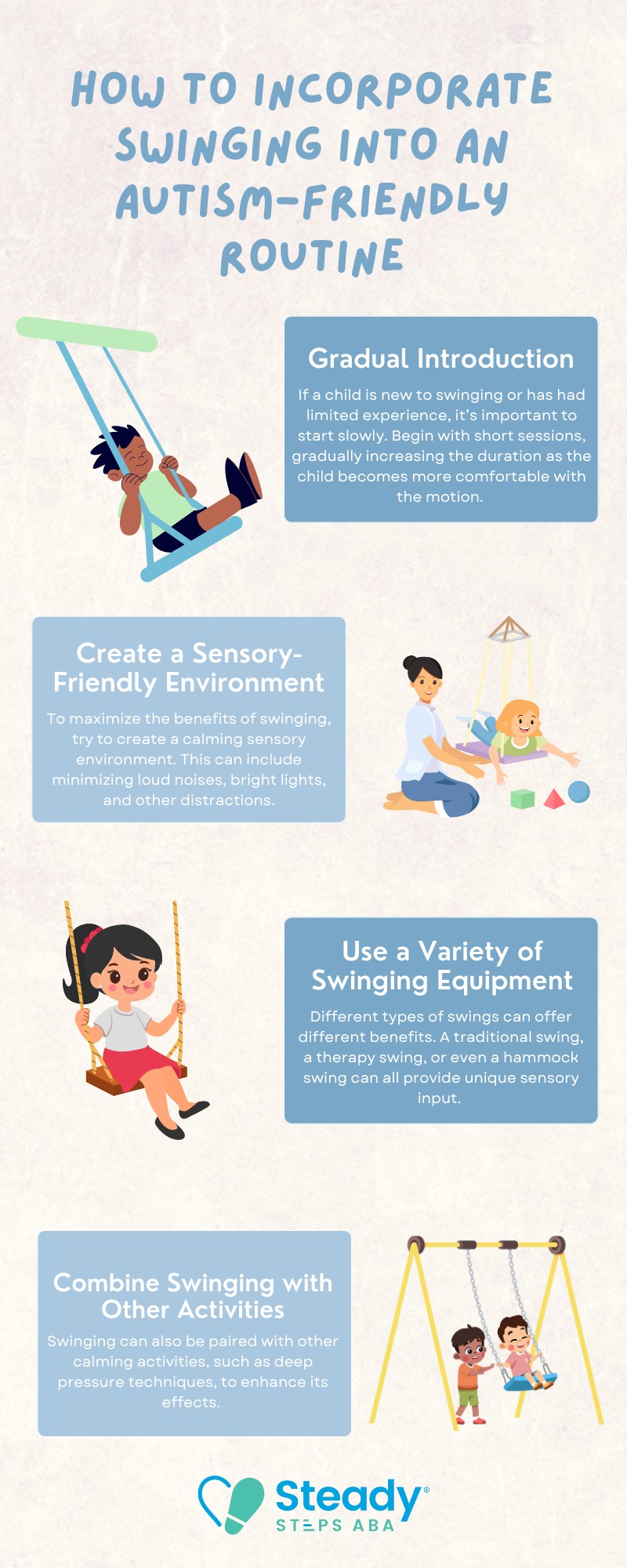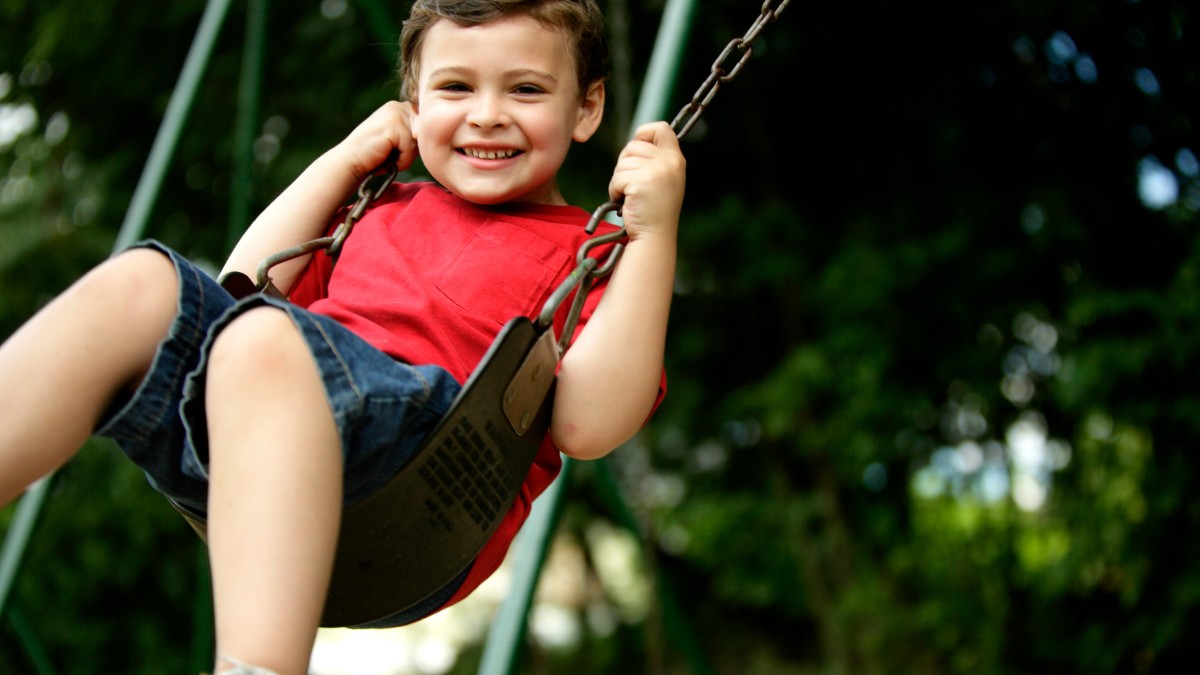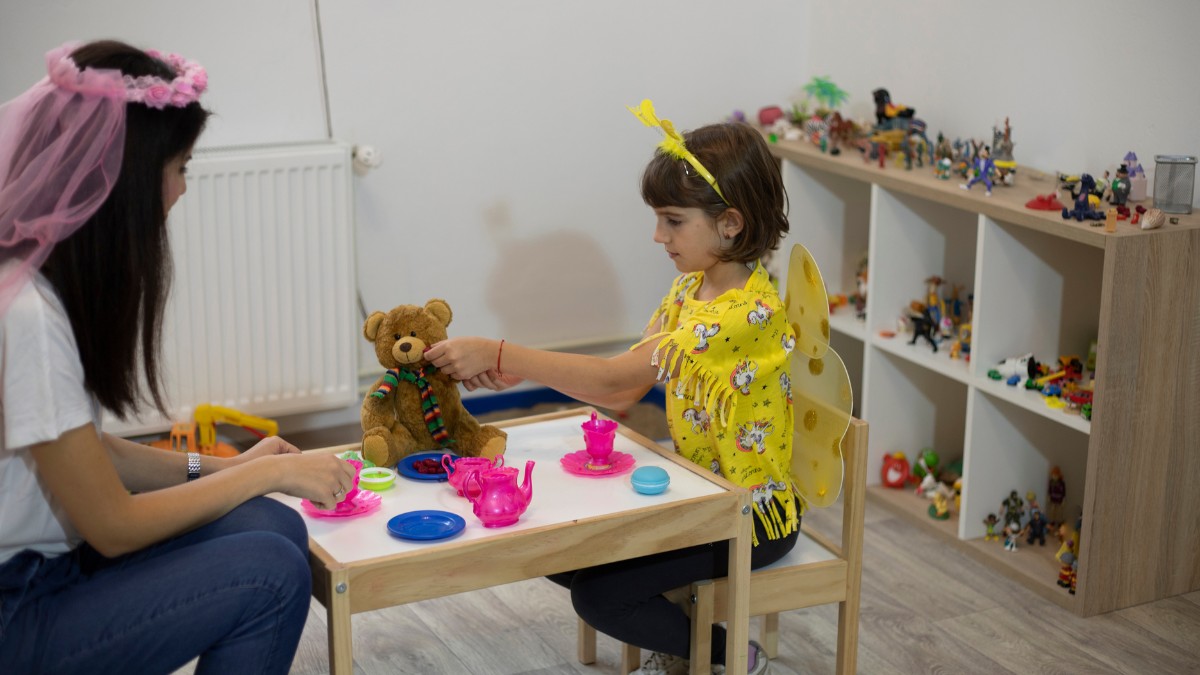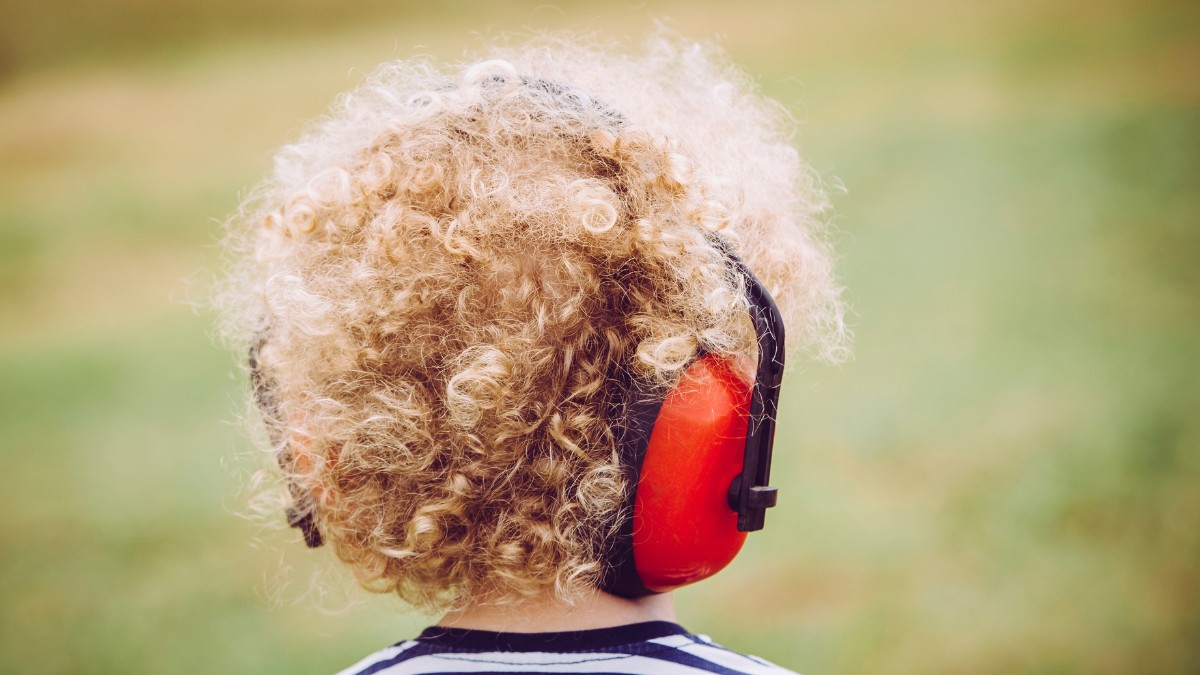Key Points:
- Swinging offers significant sensory and developmental benefits for children with autism.
- It helps improve motor skills, sensory processing, and emotional regulation.
- Incorporating swinging into an autism-friendly routine can be a valuable strategy for promoting relaxation and engagement.
For children with autism, activities that stimulate the senses and promote engagement can make a huge difference in their overall well-being. One activity that stands out as both enjoyable and therapeutic is swinging.
Many parents and therapists have noticed the positive effects of swinging for children on the autism spectrum. Whether it’s a simple backyard swing or a sensory swing designed for therapy, the rhythmic motion of swinging provides sensory input that can be incredibly beneficial for children with autism.
In this article, we’ll explore the many benefits of swinging for children on the spectrum, from enhancing physical coordination to improving emotional regulation. By understanding how this activity supports developmental goals, parents and caregivers can make it a regular part of their child’s routine, helping to improve both their sensory processing and overall emotional well-being.
What is Swinging and How Does It Help Children with Autism?
Swinging is a simple activity where a child is seated on a swing, and their body is propelled back and forth. While it may seem like just a fun pastime, the swinging motion provides critical sensory input that helps the body learn to respond to movement and balance. For children with autism, the need for sensory stimulation is often more pronounced, and activities like swinging can help meet this need in a controlled and beneficial way.
For children on the autism spectrum, the benefits of swinging go beyond just fun. The movement helps them engage their vestibular system, which is responsible for processing information about balance and spatial orientation. This system is often underdeveloped or over-responsive in children with autism, making activities like swinging a helpful tool for promoting balance and sensory integration.
Why is Swinging So Beneficial for Autistic Children
Swinging offers a unique combination of sensory stimulation, motor development, and emotional benefits for children with autism. Many children on the spectrum struggle with regulating their sensory processing, which can lead to overstimulation or sensory-seeking behaviors. Swinging provides a controlled form of sensory input that can help children regulate their sensory needs, offering both calming effects and opportunities for improvement in motor skills. Below are more benefits of swinging for children with autism:
1. Sensory Processing and Regulation
Children with autism may have difficulty processing sensory stimuli, and swinging offers a safe and enjoyable way to support sensory integration. The rhythmic back-and-forth motion of the swing helps to activate the vestibular system, which plays a key role in maintaining balance, coordinating movements, and calming the nervous system.
For children who struggle with sensory overload or sensory-seeking behaviors, swinging can help them regulate their sensory input and provide a sense of calm.
2. Motor Skill Development
Swinging is not only beneficial for sensory regulation but also for physical coordination and motor skill development. As children swing, they use their core muscles, legs, and arms to maintain balance and control their movements.
This helps develop both gross motor skills (such as balance and coordination) and fine motor skills (such as hand-eye coordination). Regular swinging can strengthen muscles and improve posture, helping children with autism improve their overall motor abilities.
3. Emotional and Behavioral Benefits
The rhythmic motion of swinging can also have emotional benefits for children with autism. Many children on the spectrum experience challenges with emotional regulation and often struggle to express or manage their feelings. Swinging can provide a calming, almost meditative effect, helping children relax and reduce feelings of stress or anxiety. In addition, the activity promotes self-soothing, helping children manage behavioral challenges or meltdowns in a positive way.
The Role of Swinging in Managing Autism-Related Anxiety
Swinging can significantly help with anxiety and stress in children with autism. The repetitive, rhythmic motion of swinging has a soothing effect on the body and mind, which can help reduce anxiety and stress. For children with autism who often experience heightened anxiety, the gentle back-and-forth movement of the swing can act as a calming tool. This effect is particularly valuable during stressful situations, such as transitions, social interactions, or when sensory overload occurs.
The act of swinging stimulates the release of endorphins and other neurotransmitters that improve mood and promote relaxation. Many children find comfort in the predictable nature of swinging, which offers them a sense of control and stability. As a result, swinging can be an effective tool for managing emotional regulation challenges often seen in children with autism.
How to Incorporate Swinging into an Autism-Friendly Routine
While swinging offers many benefits, it’s important to incorporate it thoughtfully into an autism-friendly routine for adults and/or children. Here are a few tips for parents and caregivers to help ensure that swinging is both safe and enjoyable for children with autism:

Other Therapies and Strategies to Complement Swinging
While swinging is a valuable tool, it’s often most effective when used alongside other therapeutic strategies. For children with autism, ABA therapy can be an excellent complement to swinging, as it helps to reinforce positive behaviors, improve communication, and develop social skills. ABA therapy can also teach children how to use tools like swinging to regulate their emotions and manage sensory overload.
Additionally, other sensory activities, such as deep pressure techniques, trampoline exercises, or proprioceptive input, can support the benefits of swinging by further improving sensory processing and motor skills. A combination of therapies and activities tailored to the child’s individual needs can create a comprehensive approach to addressing sensory and developmental challenges. For example, incorporating sensory massage into a child’s routine may offer calming effects and enhance body awareness—explore more in our article, Discover How Sensory Massage Supports Autism Therapy.
ABA Therapy in Maryland for Supporting Swinging and Autism
Swinging is an enjoyable and beneficial activity for children with autism, offering significant sensory, motor, and emotional benefits. Whether it’s improving sensory regulation, developing motor skills, or reducing anxiety, swinging can be an essential part of an autism-friendly routine.
At Steady Steps ABA, we specialize in providing individualized ABA therapy in Maryland for children on the autism spectrum. ABA therapy can help your child build essential skills, improve emotional regulation, and manage sensory sensitivities. If you’re looking to incorporate swinging and other sensory strategies into your child’s therapeutic routine, our experienced team is here to support you.
Reach out to us today to learn more about how our ABA therapy services can help your child with autism thrive!






